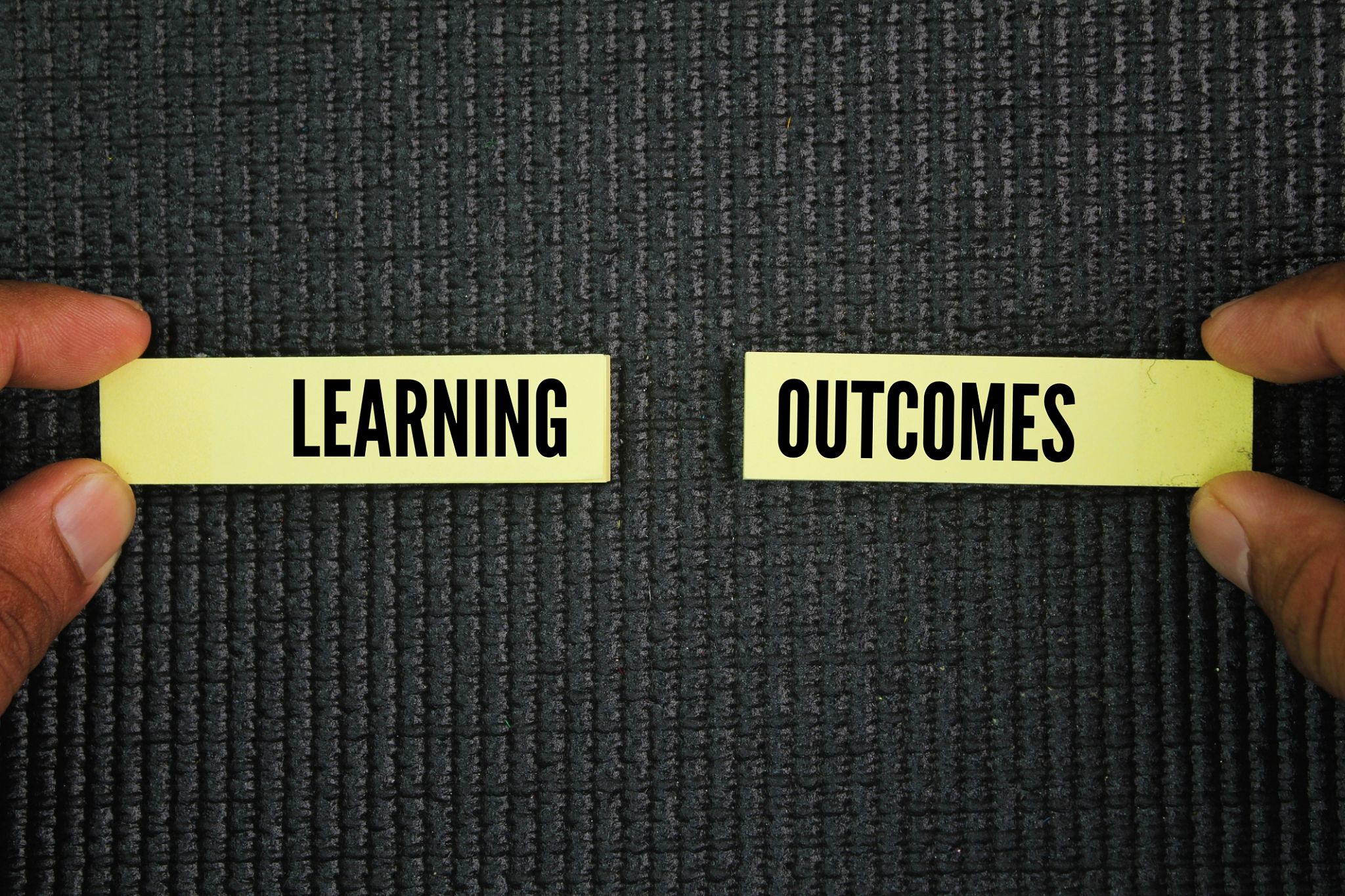Virtual Classrooms vs. Traditional Classrooms: What Hamilton County Needs to Know
Understanding the Basics: Virtual vs. Traditional Classrooms
The debate between virtual and traditional classrooms has gained prominence, particularly in Hamilton County, as educational institutions strive to adapt to evolving learning environments. Traditional classrooms have long been the norm, characterized by in-person interactions and a structured timetable. In contrast, virtual classrooms offer flexibility and the ability to learn from anywhere, facilitated by digital platforms.
Each model presents distinct advantages and challenges. For example, while traditional classrooms foster immediate social interaction and hands-on learning, virtual classrooms provide accessibility and the opportunity for personalized pacing. Understanding these differences is crucial for educators, students, and parents when choosing the best educational approach.

Advantages of Traditional Classrooms
Traditional classrooms have been the backbone of education for centuries. They provide a structured environment where students can benefit from face-to-face instruction and immediate feedback from teachers. This setting also encourages social interaction among peers, fostering teamwork and communication skills.
Moreover, traditional settings often include extracurricular activities and access to physical resources like laboratories and libraries, enhancing the overall educational experience. However, these benefits must be weighed against the rigidity of fixed schedules and location constraints.

The Rise of Virtual Classrooms
Virtual classrooms have emerged as a powerful alternative, especially during times when physical attendance is challenging. They offer unparalleled flexibility, allowing students to learn at their own pace and access materials at any time. This flexibility is particularly beneficial for students with other commitments or those who thrive in a self-directed learning environment.
Technology is at the heart of virtual learning, utilizing platforms that enable video lectures, interactive assignments, and digital collaboration tools. These innovations can make learning more engaging and tailored to individual needs.

Challenges Encountered in Virtual Classrooms
Despite their advantages, virtual classrooms come with challenges that cannot be overlooked. One significant issue is the digital divide; not all students have equal access to technology or reliable internet connections, which can hinder their learning experience.
Additionally, the lack of physical presence can lead to feelings of isolation among students. It requires greater self-discipline and motivation to keep up with coursework without the traditional classroom structure. These challenges necessitate careful consideration when implementing virtual learning solutions.
What Hamilton County Needs to Consider
For Hamilton County, the decision between virtual and traditional classrooms should be guided by a balanced approach that considers the unique needs of its student population. Schools might consider hybrid models that combine both methods, capitalizing on the strengths of each while mitigating their weaknesses.
Engaging with parents, teachers, and students to gather feedback and insights is essential for creating a responsive educational environment. Providing training for educators on digital tools and ensuring equitable access to technology are critical steps in this transition.

The Future of Education in Hamilton County
As Hamilton County navigates the future of education, it is important to remain adaptable and open to new methodologies. Whether embracing traditional methods or integrating cutting-edge virtual solutions, the focus should always be on enhancing student learning outcomes.
The journey toward finding the right balance may involve trial and error, but continuous evaluation and adaptation will ensure that educational practices meet the evolving needs of students in a rapidly changing world.